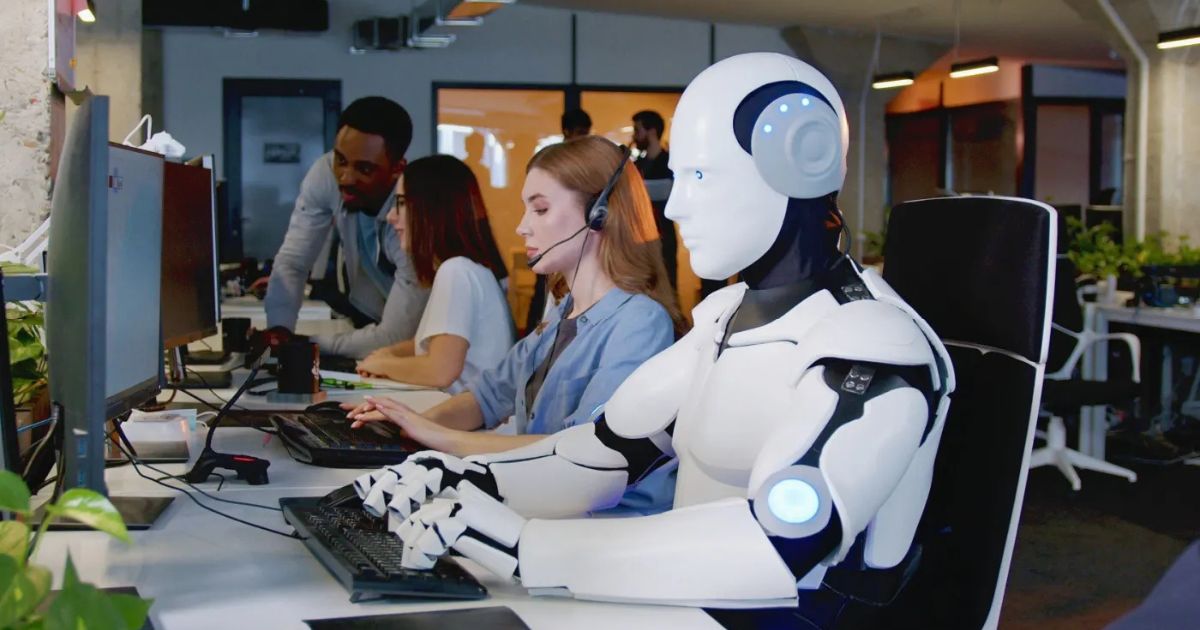Automation used to mean convenience. Today, it means a complete transformation of the workplace. AI is stepping in to handle everything from data entry to customer service—and it’s doing it faster, cheaper, and often better. For businesses, this is a dream. But for millions of workers? It’s a looming nightmare.
As artificial intelligence boosts productivity and reduces the need for repetitive labor, an uncomfortable truth emerges: many jobs simply won’t come back. Truck drivers, clerks, even analysts are seeing their roles slowly shift—or disappear entirely. And while new tech jobs are emerging, the gap in skills leaves many behind.
This article explores the difficult question at the heart of the AI revolution: Are we entering a golden age of efficiency, or a crisis of mass unemployment? We’ll dive into the risks, the realities, and what needs to happen to prepare people for the future of work.
🌟 The Promise: How AI Is Enhancing the World of Work
| 1 | Boosted Productivity: Getting More Done, Faster AI handles repetitive tasks, freeing workers to focus on creative and strategic work. |
| 2 | New Job Creation: Roles That Didn’t Exist Before The rise of AI opens new careers in data science, machine learning, and AI ethics. |
| 3 | Smarter Decision-Making: Data-Driven Insights AI supports businesses with real-time analytics for better, faster decisions. |
| 4 | Workplace Safety: Robots in Risky Roles AI-powered machines take over dangerous tasks, reducing workplace injuries. |
| 5 | Upskilling Opportunities: Learning in the Loop AI tools support education and training, helping workers reskill for the future. |
⚠️ The Peril: Where AI Threatens the Workforce
| 1 | Mass Unemployment: Jobs Lost to Machines Automation threatens millions of roles, especially in manufacturing, retail, and admin. |
| 2 | Widening Inequality: Not Everyone Can Adapt Workers with fewer resources or less education may struggle to transition to new roles. |
| 3 | Job Polarization: High-Skill vs. Low-Skill Divide Middle-skill jobs are disappearing, creating a sharp divide between elite tech roles and low-wage work. |
| 4 | Workplace Surveillance: Productivity at a Cost AI can monitor employees’ every move, raising concerns about privacy and mental health. |
| 5 | Reskilling Gap: Too Fast, Too Soon The pace of AI adoption may outstrip the ability of workers—and systems—to keep up with training demands. |
